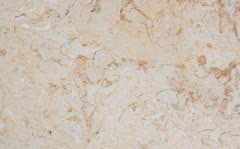Natural stone paving is highly sought after material for exterior patios and driveways. Real stone paving offers more character and authenticity than its man made counterparts and if purchased from the right source, should not be any more expensive. The main three materials used to produce stone paving are sandstone, limestone and slate.
When purchasing paving, as well as considering different colours and materials it is also important to consider which sizes you would like. There are normally between four and seven different sizes for each type of paving and some people prefer to use one size throughout the area whilst others may go for a mixed, random pattern made up of three, four, five, six or even seven different sizes. Also some paving is cut to metric measurement (e.g. 300 x 300) where as some quarries still cut to imperial measurements (e.g. 275 x 275).
The depth of most exterior paving normally varies by 10mm. The most suitable depth is between 25mm and 35mm. In recent times a large quantity of paving has come into the
If you are considering using natural stone or any type of paving product on your driveway you should be aware that recently passed legislation dictates that planning permission is required in areas where flooding is a possibility.
Sandstone – As one of the most popular materials for stone paving, sandstone paving comes predominantly in dark brown and beige tones and light yellow and sandy coloured tones. Sandstone paving can be supplied with both a riven surface (rough, textured, natural finish) and honed surface (sawn and perfectly flat finish). Sandstone paving is produced in the
Limestone – Another material which is predominantly imported from
Slate – Slate is a common material in the








No comments:
Post a Comment